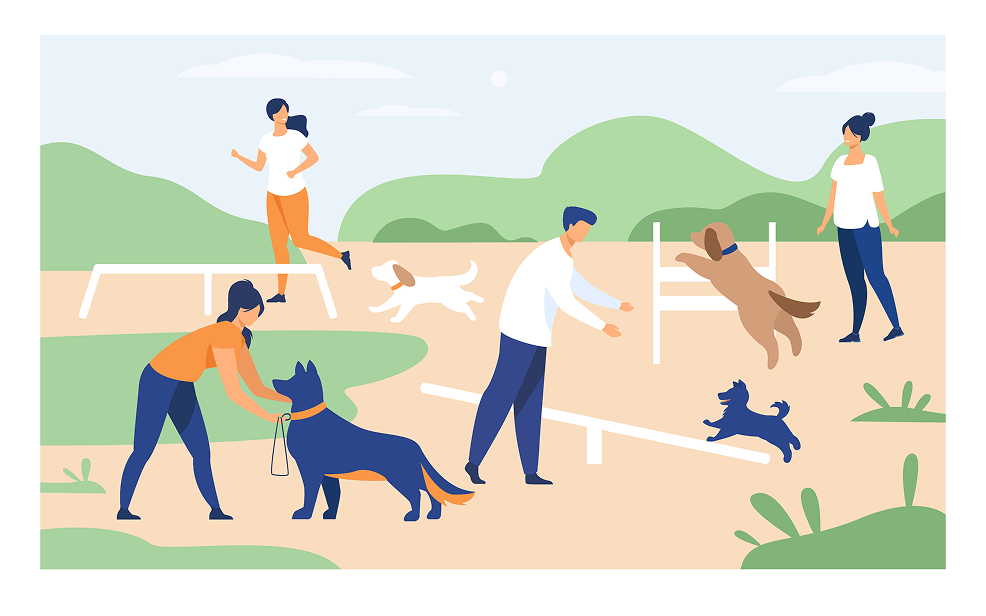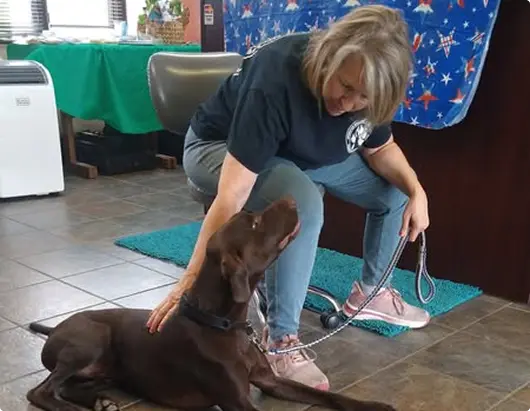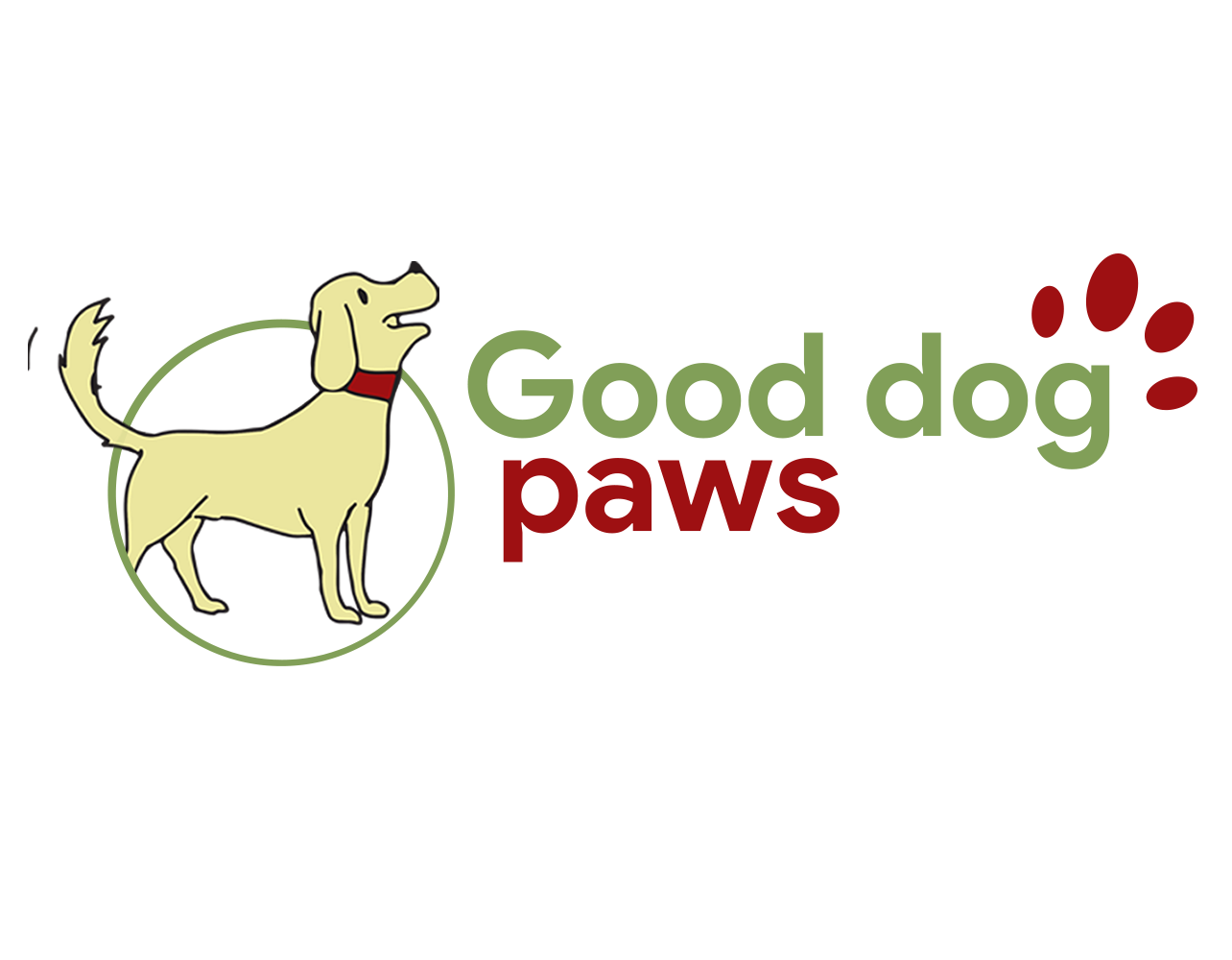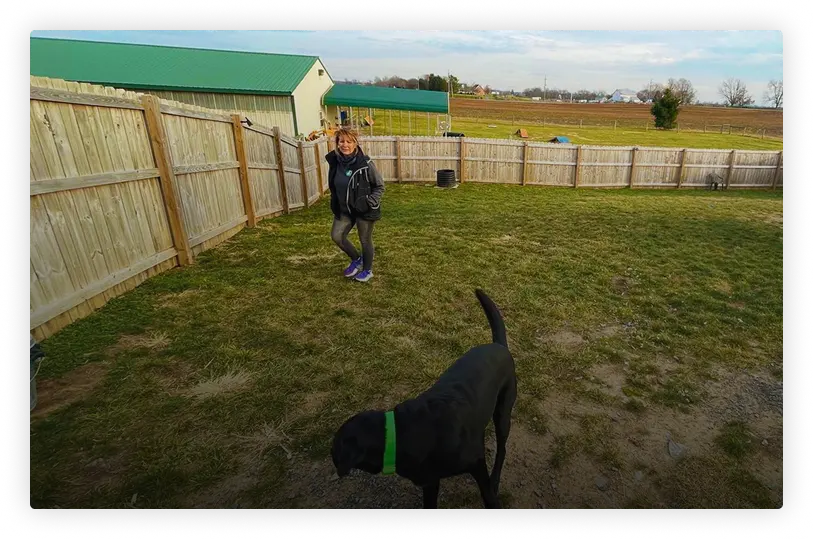If you’ve ever felt like your dog is ignoring you, or you’re saying the same thing over and over
without results, you’re not alone. After years of training dogs and their families, I’ve seen most
new owners run into the same few problems. The good news? They’re easy to fix once you know
how.
1. Inconsistency in Commands
Dogs learn best through patterns. If the pattern changes, they get confused. One day you might
say “Down,” the next day “Off,” and another time “Stop it.” To your dog, those are all different
words — they can’t guess that you mean the same thing.
The Fix: It’s best if everyone uses the same word, but that doesn’t always happen. If you stick
with one word every time — like “OFF” for not jumping — your dog will learn what you mean.
They can even figure out other people’s words if each person is consistent.
Why this works: Clear, consistent cues help your dog connect a word to an action. When the
word changes, the pattern disappears. Your dog will learn faster when they can trust that the
same sound means the same thing every time.
2. Raising Your Voice
Yelling “SIT!” louder doesn’t make your dog understand it better. Dogs don’t speak English —
they read your tone, energy, and body language. Shouting can make them nervous or more
excited, but it doesn’t help them learn.
The Fix: Speak calmly. Hold a treat close to your dog’s nose, then slowly move it up and slightly
over their head. Most dogs will naturally lower their bottom into a sit as they look up. The
moment they do, say “Yes!” and give them the treat. This clear, quiet approach works far better
than shouting the command.
Why this works: Dogs follow motion more than words. Moving the treat over their head
encourages them to sit without you having to push or repeat yourself. Pairing the action with a
calm tone helps them connect the behavior (“sit”) with your cue and keeps training stress-free.

3. Skipping Socialization
Some owners avoid busy places or new situations because their dog gets too excited or pulls on
the leash. It might feel easier to stay home, but avoiding things won’t help your dog learn how to
handle them.
The Fix: Let your dog explore new sights, sounds, and smells in a safe, controlled way. Begin in
quieter, low-distraction places, then slowly work up to busier environments. Our Manners
Class at Good Dog is perfect for this — your pup learns how to stay calm around other people and dogs while
you guide and support them.
Why this works: Gradual exposure builds confidence. When your dog learns that new situations
are safe and predictable, they’re less likely to overreact when life gets busy.
4. Expecting Too Much, Too Fast
Dogs aren’t born knowing “sit,” “stay,” or “walk nicely.” Some new owners think their dog is
being stubborn when really the dog just hasn’t had enough practice.
The Fix: Keep training sessions short — just 3 to 5 minutes at a time. Figure out what motivates
your pup most — is it food, a favorite toy, or praise? Use that as their reward. Keep it fun and
end on a success. Training is like learning to ride a bike: it takes time, patience, and practice
before it feels natural.
Why this works: Short, fun sessions keep your dog’s attention and prevent frustration for both
of you. Ending on a success keeps your dog excited for the next lesson.

5. Only Noticing the Bad Stuff
It’s easy to notice when your dog jumps, barks, or chews — but what about when they’re lying
calmly or walking nicely? If you only react to the bad, your dog misses the chance to learn what
you do want.
The Fix: Praise and reward the good moments, even the small ones. Say “Yes!” when they’re
calm, or give a treat when they walk without pulling. The more you reward the good, the more
your dog will repeat it.
Why this works: Dogs repeat behaviors that bring good results. If you make a habit of noticing
the positive, your dog will be motivated to do more of it.
Final Thought
Your Dog Wants to Get It Right
Your dog isn’t trying to be difficult — they’re trying to figure out the rules. When you give them
clear instructions, fair corrections, and rewards for good choices, they learn faster and feel more
secure.
If you feel stuck, you’re not failing. Every dog and owner team needs guidance at some point —
that’s why I offer group classes, private lessons, and free consultations. We’d love to help you
and your dog work through the challenges so you can enjoy life together.



